It’s common for economies to fluctuate due to factors such as political instability or the rising cost of living. It isn’t always possible to predict when an economic collapse will occur, but there are signs to look out for. We look at 20 shocking signs that the economy may be on the brink of collapse:
Rising National Debt

A country is considered in debt and is likely to borrow money from other nations if its debt surpasses its GDP. If a nation is in debt and borrows too much, investors will feel their money will not be well spent. There is current concern in the States as the national debt is over $35 trillion, which exceeds the global average of $26.97 trillion.
High Inflation Rates
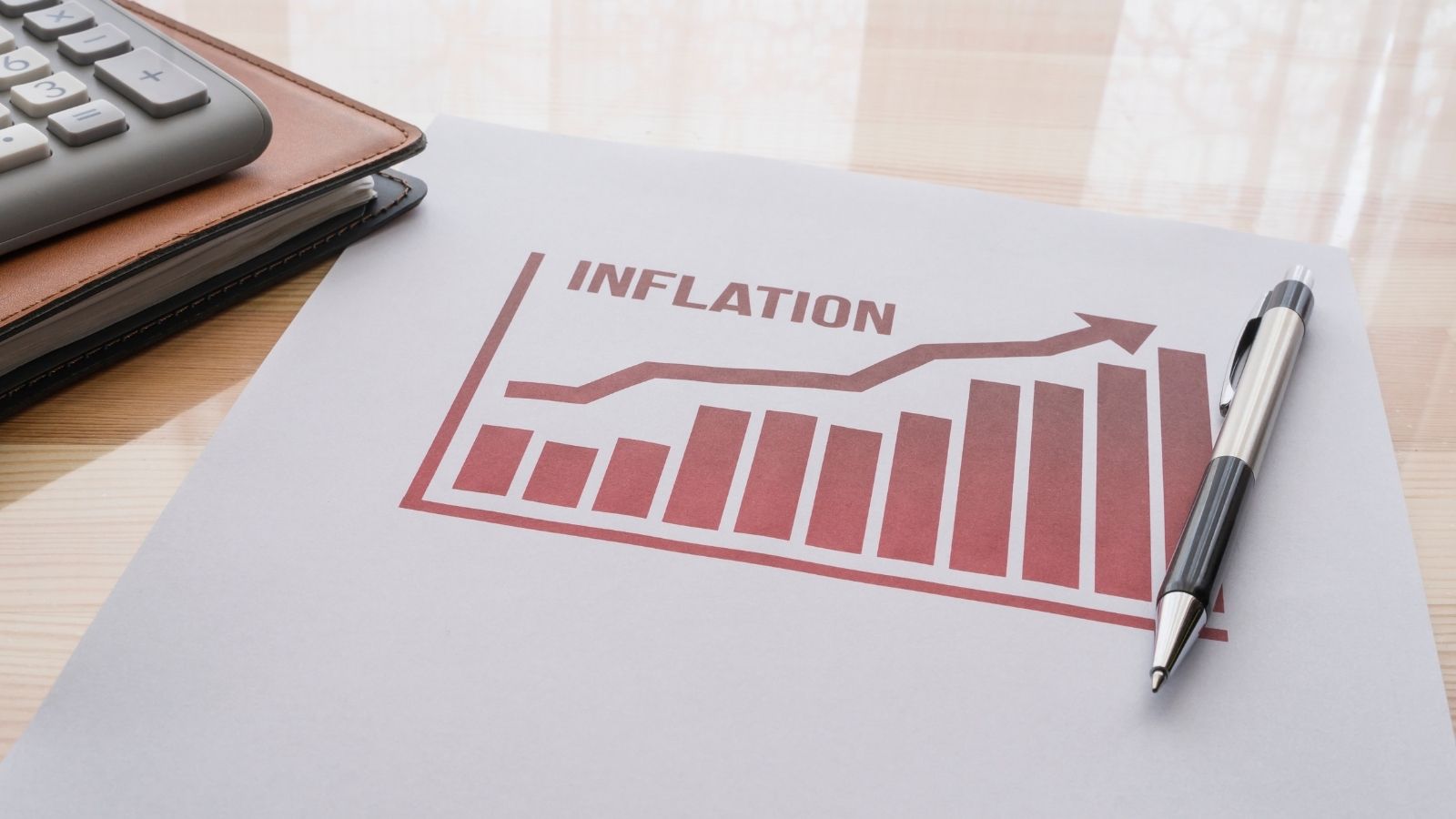
High inflation means people and businesses have less purchasing power. When the prices of everyday purchases become too high, people tighten their belts. With everything costing more, people have to make hard decisions about what they spend their cash on, often skipping non-essentials.
Stagnant Wage Growth
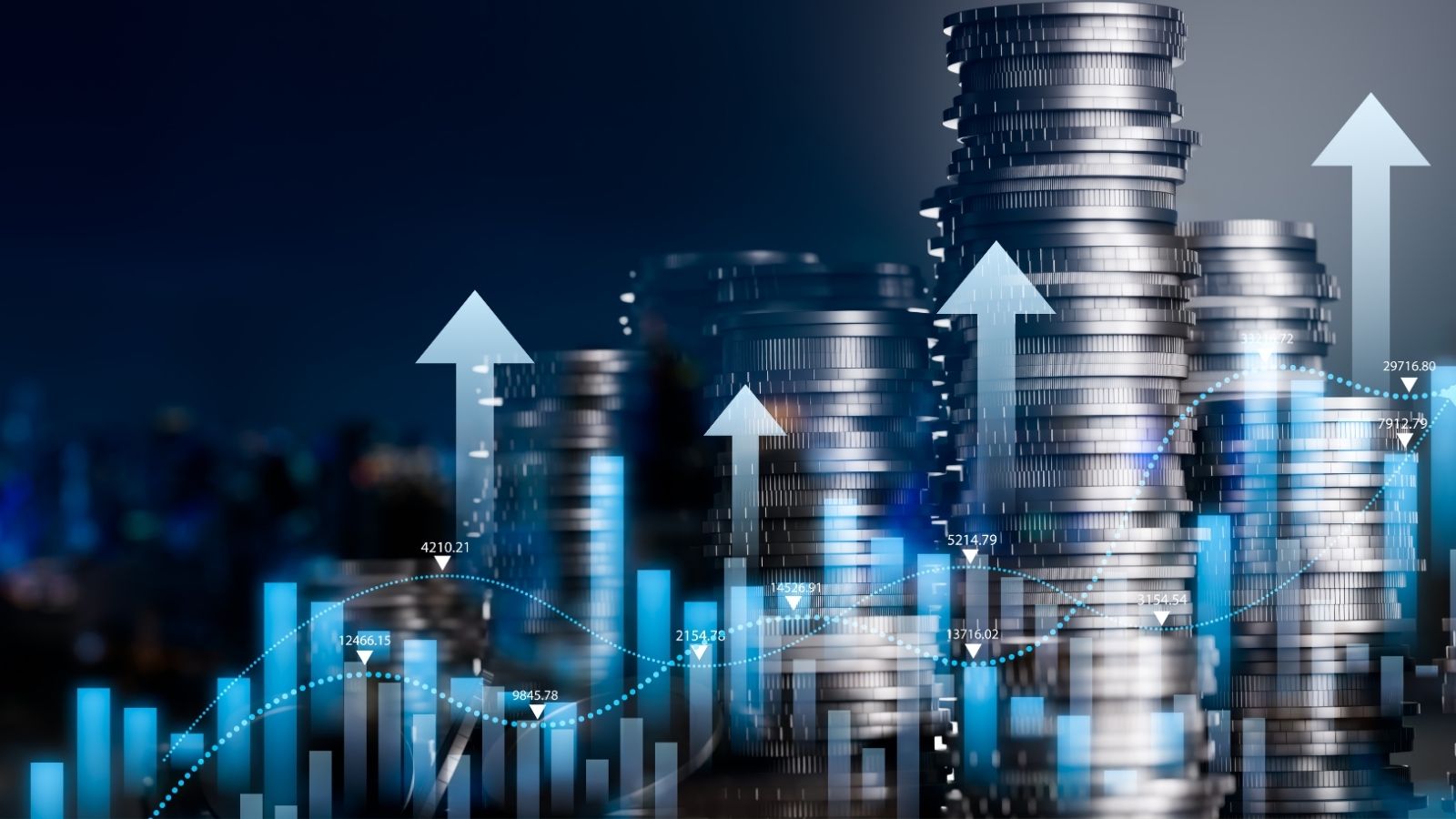
If wages fail to keep up with inflation, people have to adjust their standard of living to match their adjusted income. With less personal income comes reduced consumer spending, a key driver of economic growth.
Surging Unemployment Rates
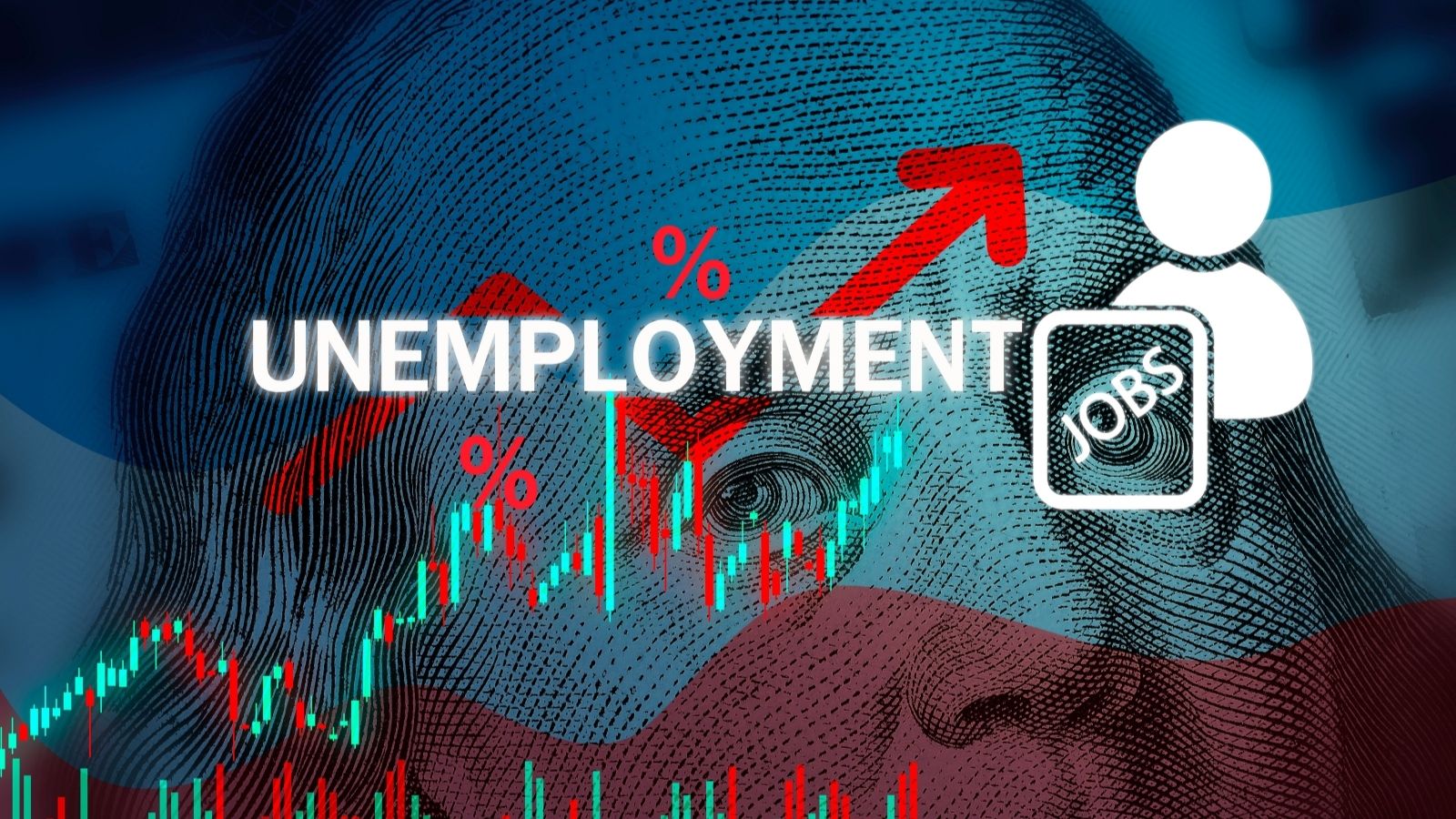
High unemployment rates are often a sign of economic distress as if a businesses need to close or reduce their workforce there’s usually others that follow. With less businesses bringing money into the economy, countries struggle to stay on top of their debt.
Housing Market Instability

If there’s a rapid increase in home prices followed by a sudden drop spending will reduce and this has a knock on effect more widely. Evidence of this was seen in the 2018 financial collapse as a result of a global banking crisis triggered by mortgages being sold to people who could not meet the demands of inflation.
Stock Market Volatility
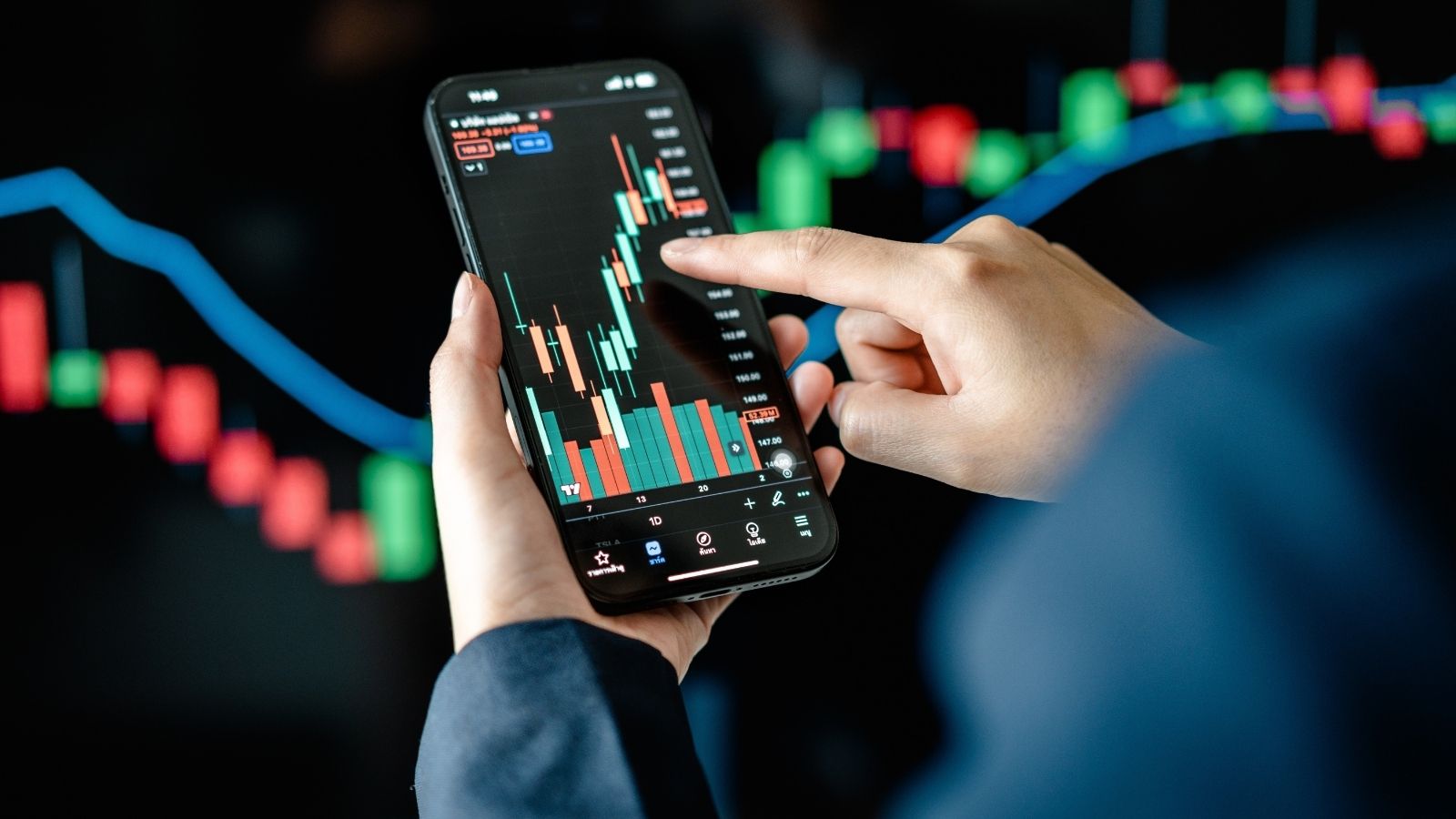
While stock market fluctuations are normal, extreme volatility can be a sign of economic difficulty. Sudden drops in stock values have the potential to wipe away investor and consumer confidence, therefore limiting spending which are both essential for economic expansion.
Bank Failures
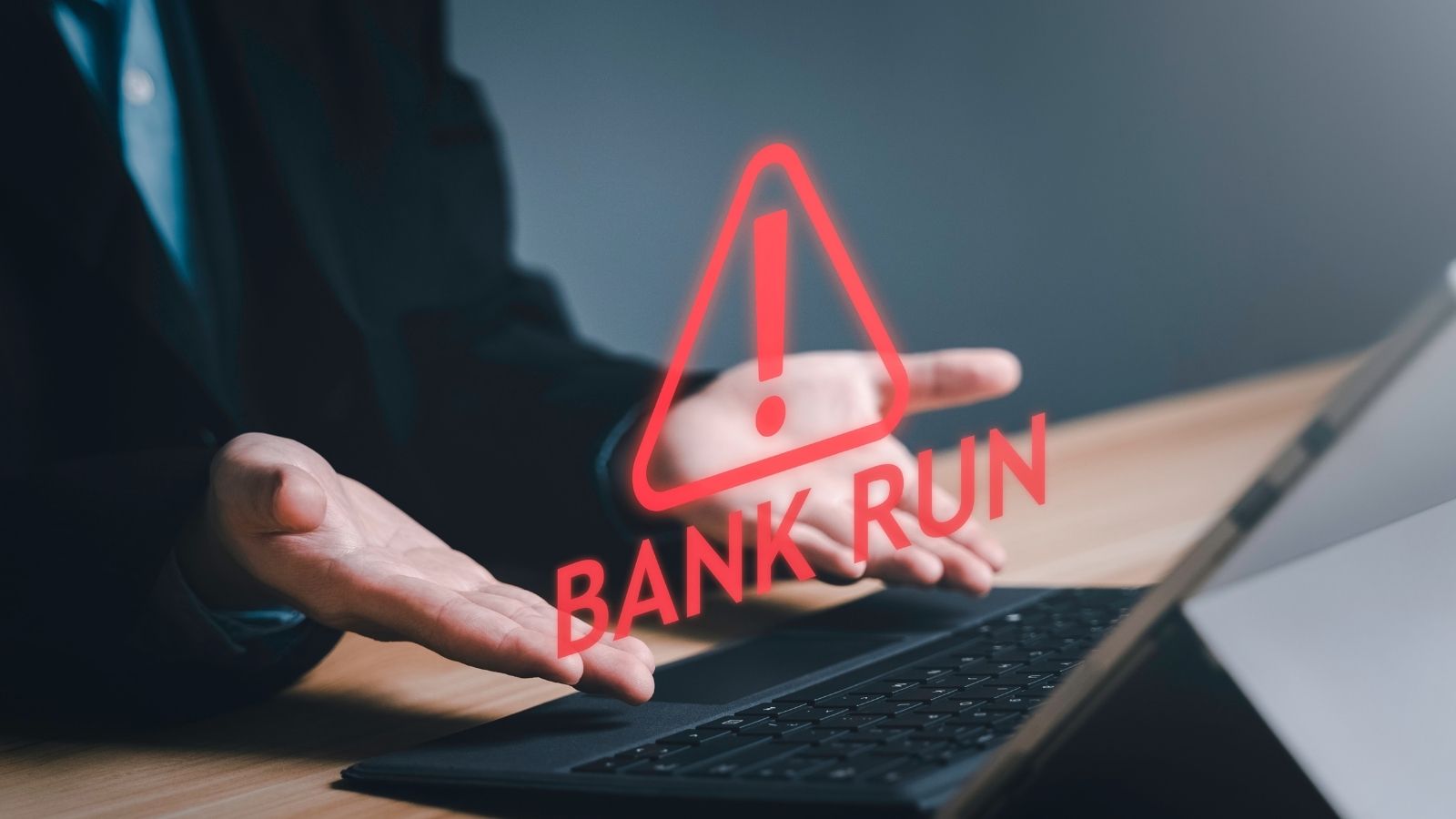
Bank failures can trigger a ripple effect through the financial system. When banks are unable to meet their financial obligations, public confidence in the stability of the banking sector can decrease. This loss of trust can lead to people withdrawing their funds en masse, further destabilizing the system .
Corporate Debt Overload

Many corporations have taken on massive amounts of debt, often to fund stock buybacks or dividends rather than investing in growth. If companies persistently see a decline in revenues, they may struggle to meet their debt obligations and could potentially have to declare job losses and even bankruptcy.
Consumer Debt Crisis
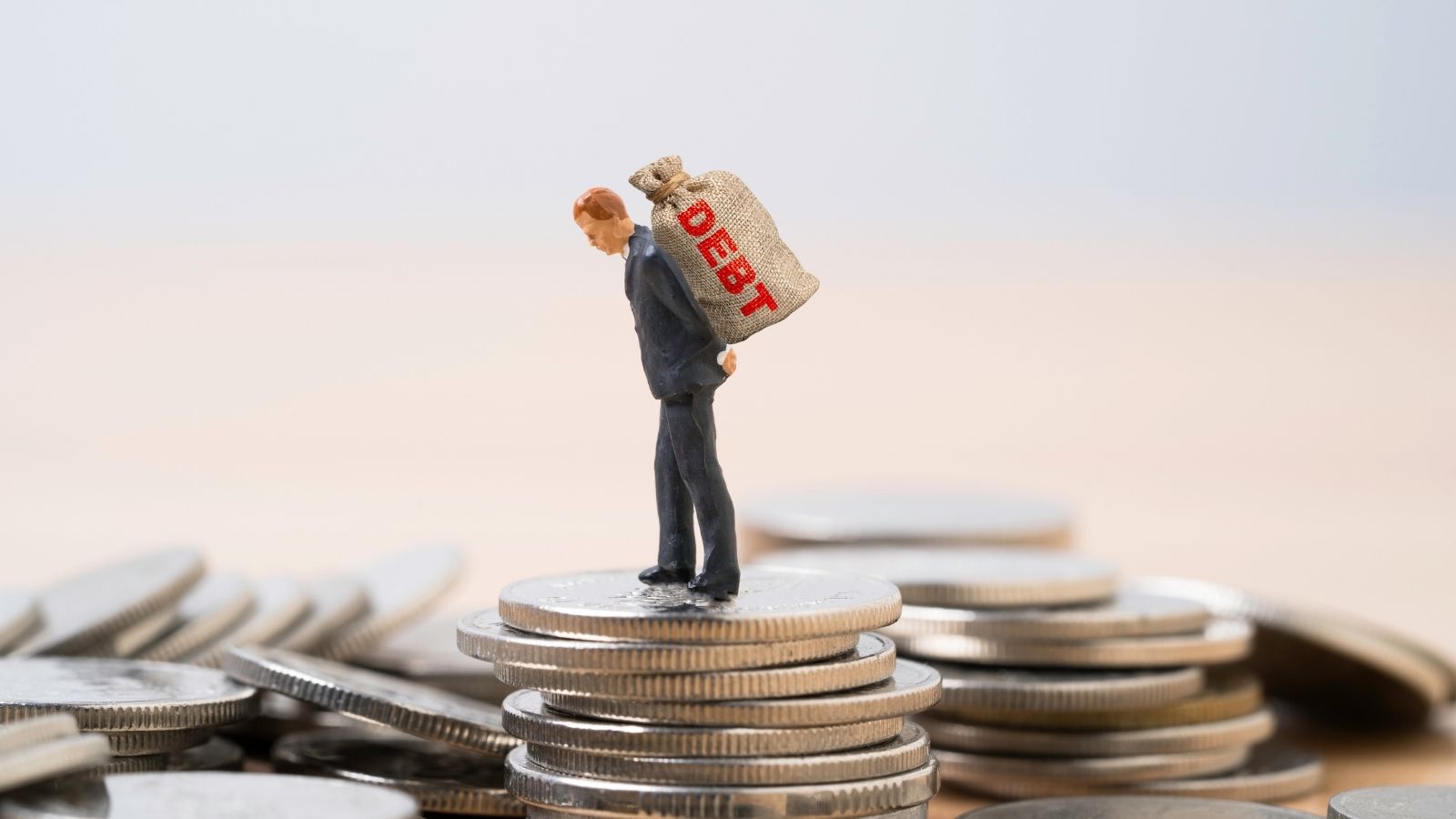
High levels of consumer debt, including credit card debt, student loans and auto loans, can be a ticking time bomb. If people overspend on credit and find themselves in a position where they can’t repay it can result in defaults. If a large proportion of the population have bad credit it can have a destabilizing effect on the economy.
Declining Consumer Confidence

Economists pay close attention to consumer confidence when thinking about overall economic health. If there’s uncertainty about the future, people tend to spend less, which can slow economic growth. When there’s a drop in consumer confidence it indicate that there’s worse to come and countries need to prepare for special measures.
Shrinking Middle Class
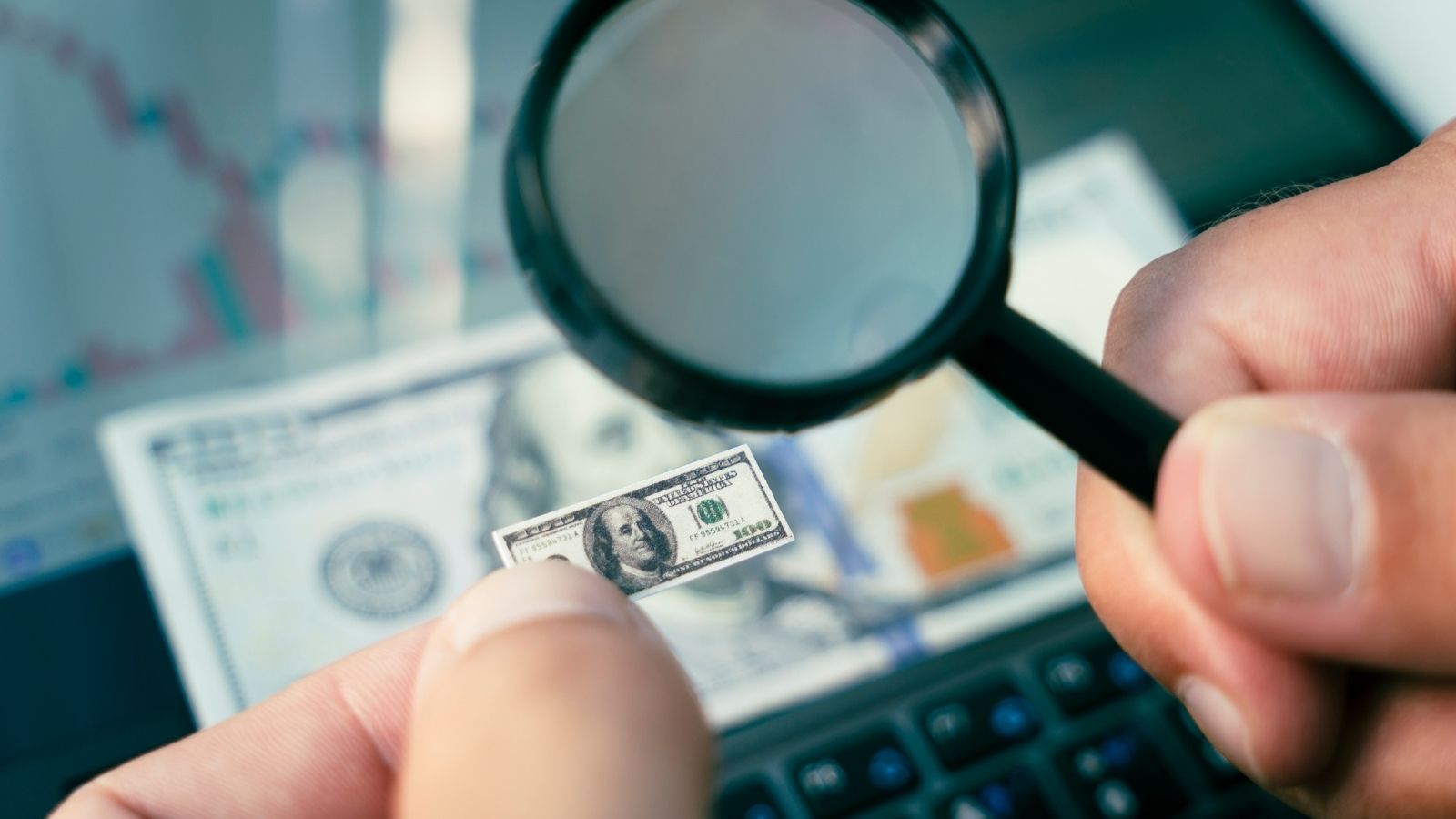
A strong middle class is essential for economic stability but as income inequality grows the middle class is shrinking. With less people identifying as middle class and spending money as they would the economy will inevitably experience a downturn.
Political Tensions

World events such as trade disputes and wars can significantly affect the world economy. Growing hostilities might lead to disruptions in the supply chain, higher prices for basic goods and a deterioration in global economic cooperation.
Deteriorating Infrastructure
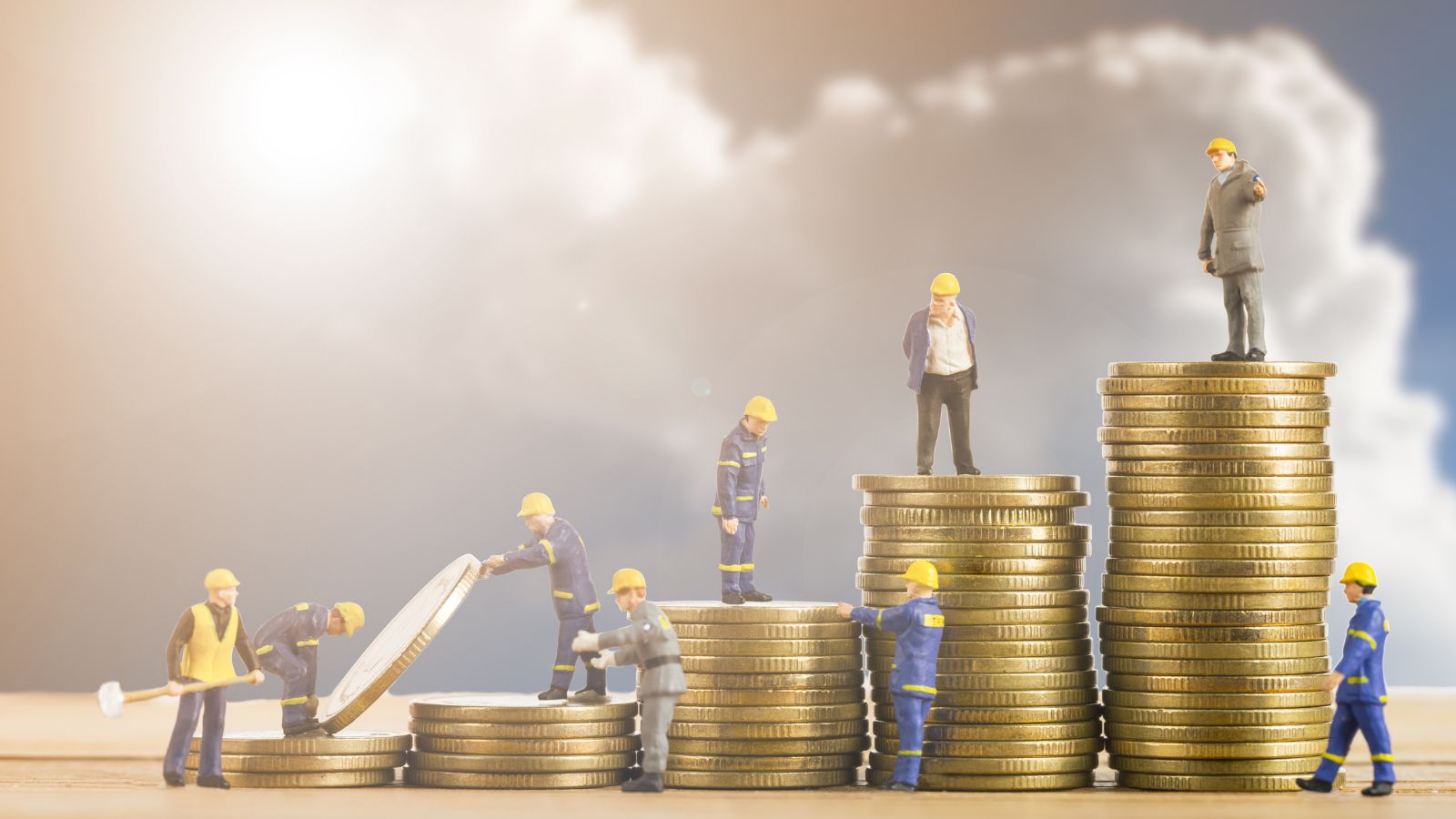
Neglected infrastructure can have a significant impact on economic productivity. Poor roads, bridges and public transportation systems means that a country is being run inefficiently, with increased costs and reduced economic growth.
Government Instability
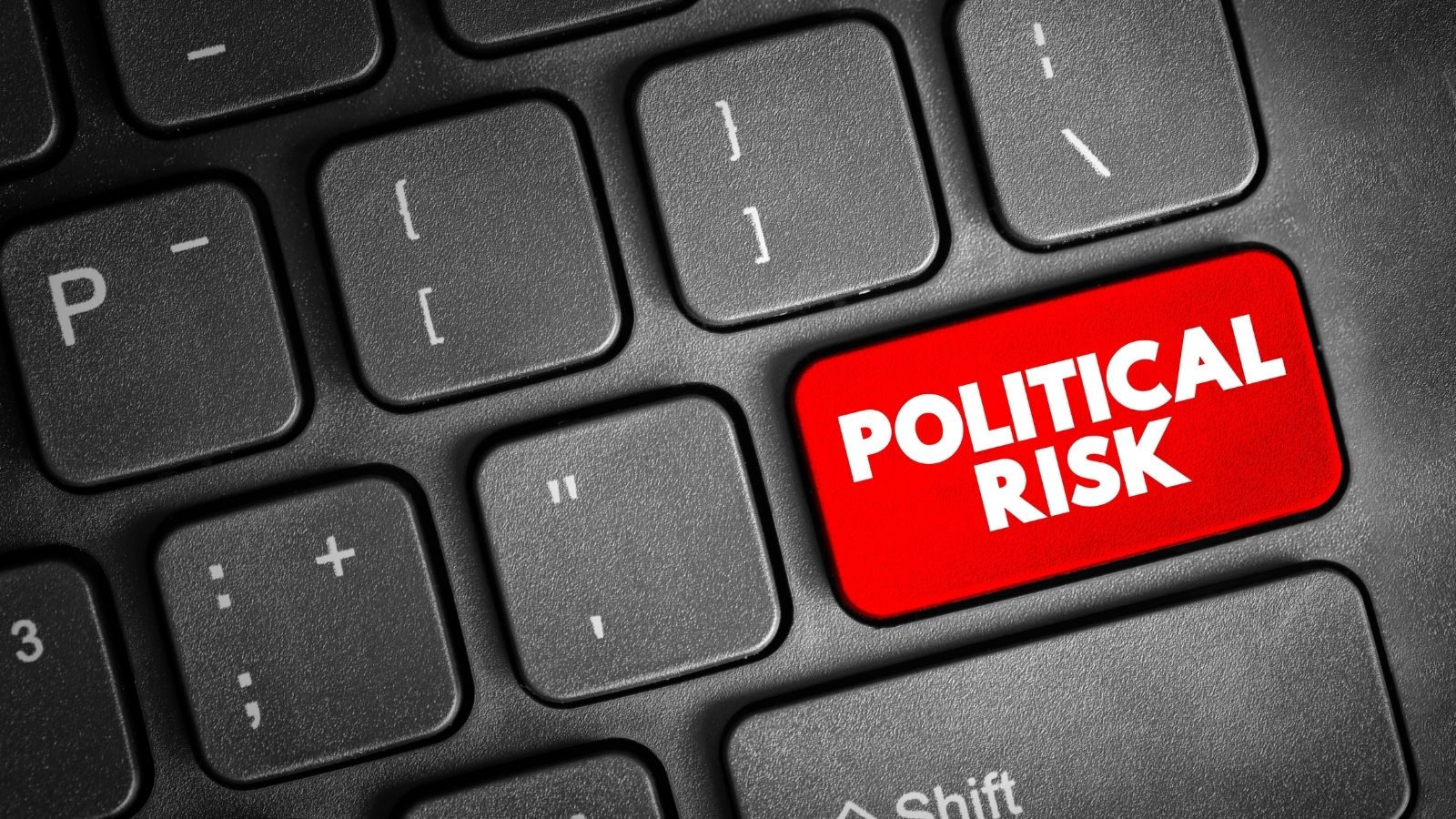
Political instability is often a red flag for the economy. When a government is shaky, businesses and investors get nervous. This concern can lead to less money being put into the economy, which can then cause a domino effect of problems.
Environmental Disasters
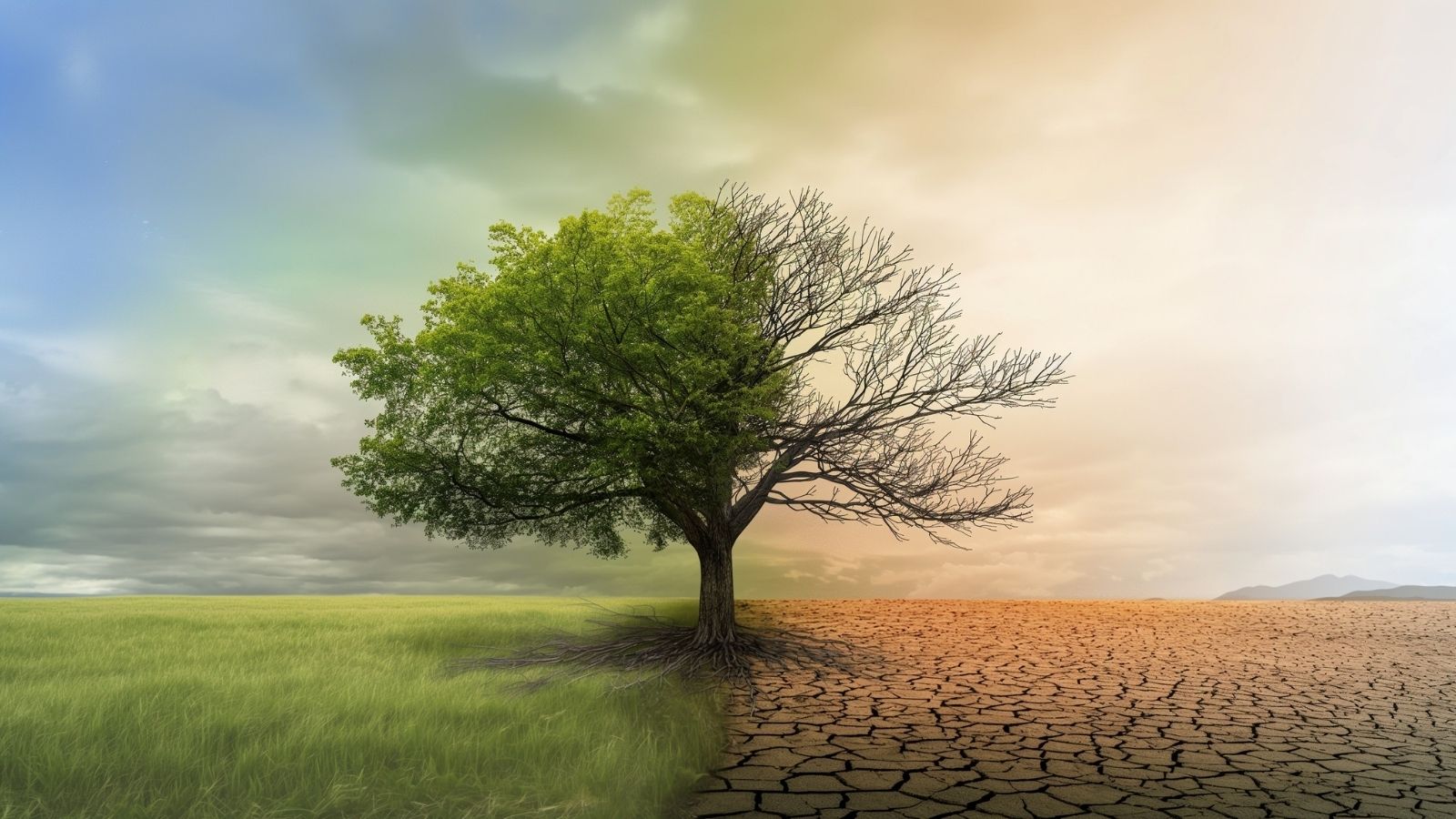
Climate change and environmental concerns can have a direct impact on the economy as towns and cities have to rise to the challenge to prevent devastation. Natural disasters, such as hurricanes, wildfires and floods cause significant economic damage and put a strain on government resources, especially those who are al;ready struggling.
Declining Global Trade

Global trade is essential for economic growth, but protectionist policies are causing issues between certain countries. Tariffs and quotas work like speed bumps as they often slow down trade and the flow of goods, increasing demand and cost.
Devaluation of Currency
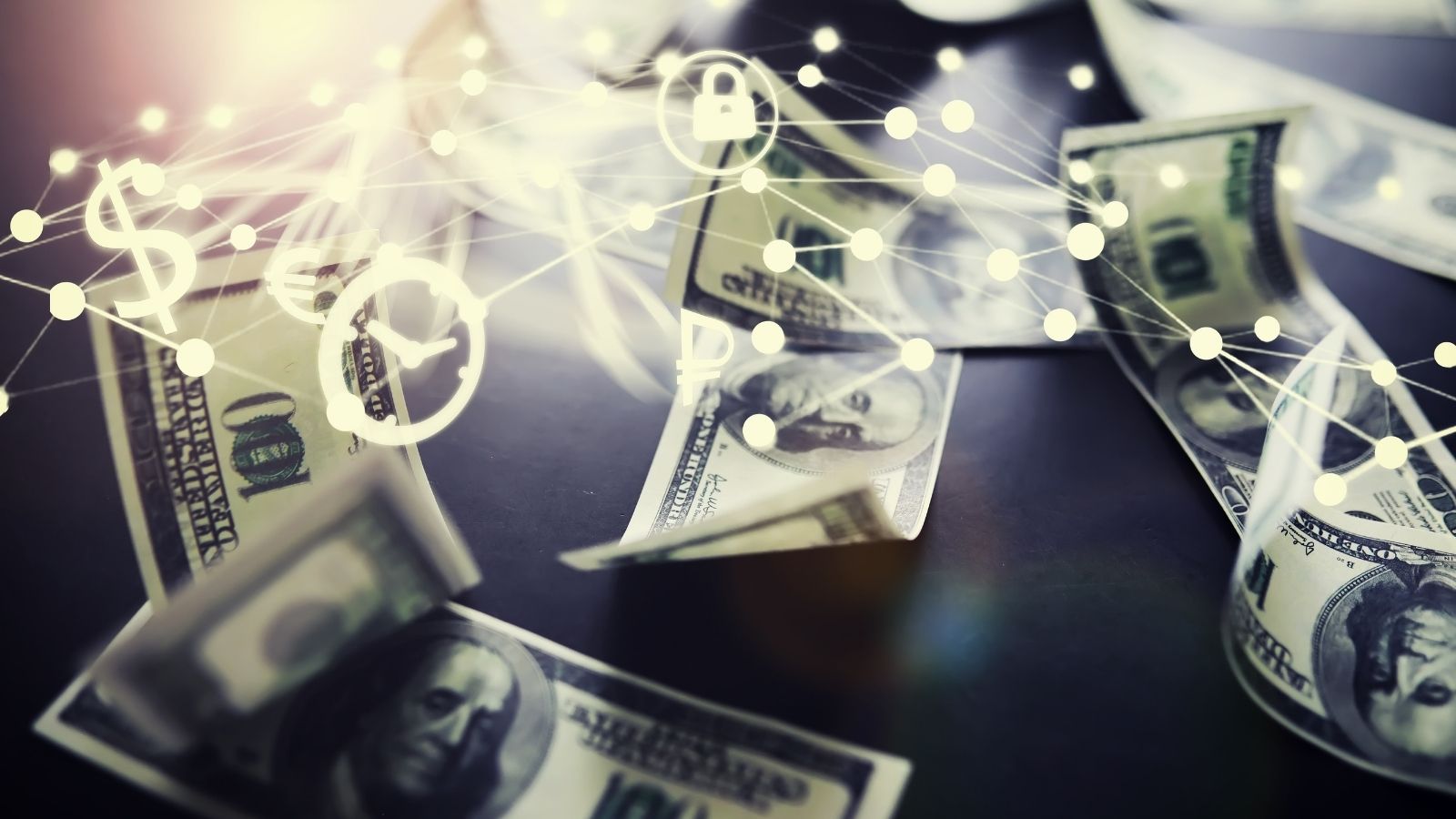
When a country’s money shrinks, it can cause a chain reaction. Prices go up, your paycheck buys less, and people start to worry about the economy. A rapid devaluation of currency can signal underlying economic problems and lead to a crisis.
Energy Crisis

Energy is at the heart of the economy in many countries so any disruptions in supply can indicate a financial collapse. Rising energy costs are generally due to shortages so global leaders can predict when there will be an issue that could affect the economy.
Aging Population
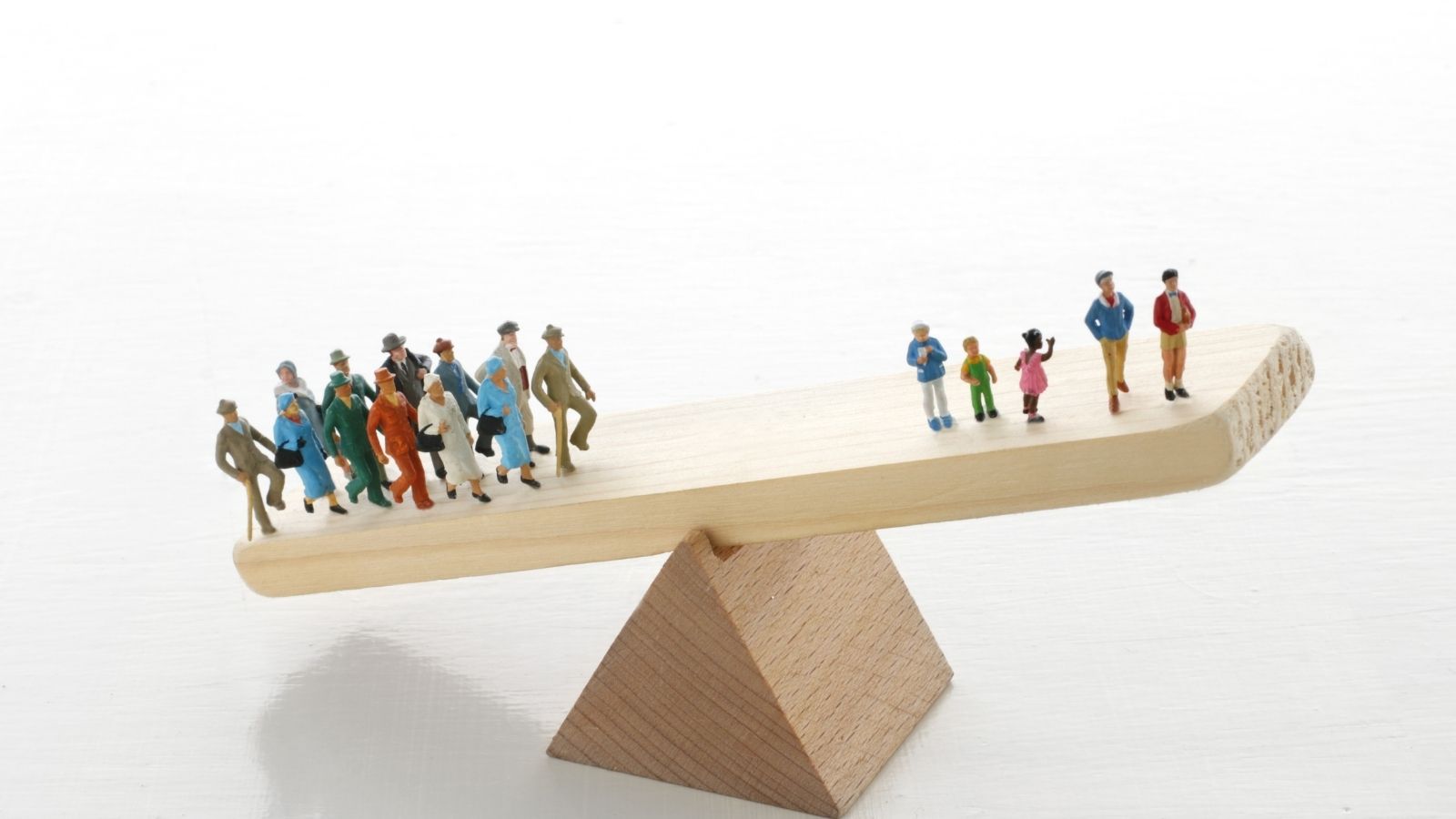
Aging populations can put a burden on government services and lower economic output. There may be financial difficulties as more people retire and there are fewer workers to sustain economic growth and pay into social security programs.
Technological Disruption

While technological innovation drives economic growth, it can also lead to job displacement and social unrest. Rapid changes in technology can disrupt industries, leading to job losses and economic instability.
5 Canadian Provinces Predicted to Thrive in the Next Economic Boom
 To thrive in an economic boom, a region needs good infrastructure, talented people, government policies that support growth and uplift the economy, and a culture of entrepreneurship. Often, the demography can also be a significant indicator of a region’s economy in the next few years. Although reports may vary on which regions will perform the best economically, certain regions come up on every list. Here are 5 Canadian provinces predicted to thrive in the next economic boom:
To thrive in an economic boom, a region needs good infrastructure, talented people, government policies that support growth and uplift the economy, and a culture of entrepreneurship. Often, the demography can also be a significant indicator of a region’s economy in the next few years. Although reports may vary on which regions will perform the best economically, certain regions come up on every list. Here are 5 Canadian provinces predicted to thrive in the next economic boom:
5 Canadian Provinces Predicted to Thrive in the Next Economic Boom

Abhishek Ragunath is specialized writer for Trendonomist focusing on topics related to Investing, Money, Technology, Marketing and everything in between. He enjoys hiking, travelling, and is a self proclaimed foodie! He has written for brands including Hashtag Investing, Motely Fool, WallstreetZen & More.
